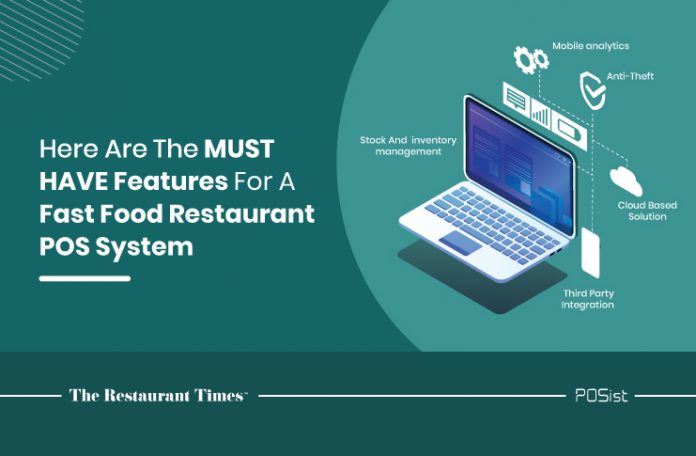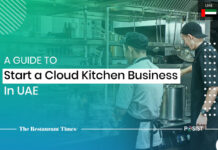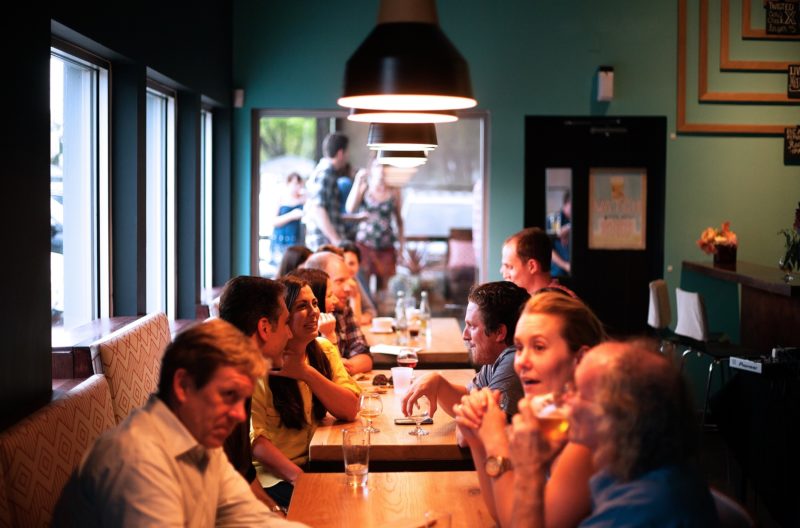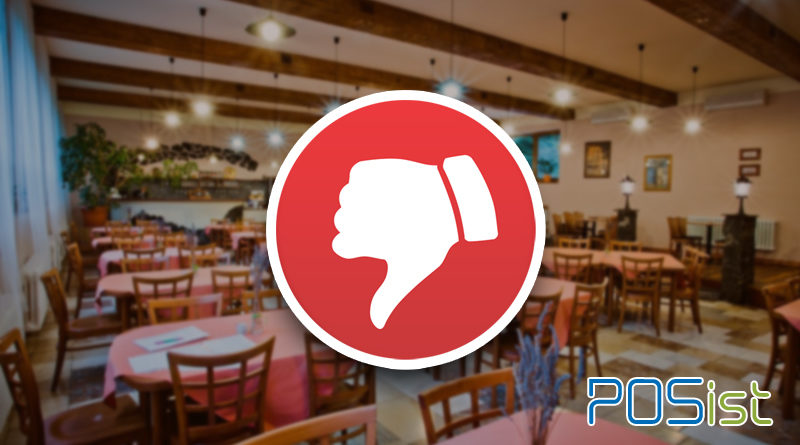The F&B sector is growing at a robust rate in the UAE. The rising number of malls and the high disposable income of the population have accelerated the growth of fast-food restaurants and QSR chains. This has increased the demand for POS software for every fast food restaurant. When it comes to fast-food restaurants, the staff is always on its toes because of the high number of orders they receive, which gives rise to the need for process automation. A well-integrated POS software makes the job easier for the staff and allows them to manage different functions seamlessly.
This article will present the most essential POS features that a fast food restaurant must have.
7 Features A Fast Food Restaurant POS System Must Have
A POS system should be able to speed up the operations of the fast-food restaurant. So, let us look at the features that can help you do the same.
1. Online Order Integration
Online ordering has been trending in the face of COVID-19. With a growing pool of customers opting to order from fast-food restaurants, order volumes have increased significantly. This gives rise to the need to manage the online orders properly, which can be done with the help of good POS software.
A POS software’s online order integration feature allows it to readily accept orders from multiple platforms directly at the POS terminal. In addition, it also automatically syncs and stores all the data into a central database so that it is accessible via every device.
2. Central Kitchen Management
Effective kitchen management is essential for fast food restaurants. As the name implies, fast food restaurants have a fast-paced environment. You need to deliver numerous orders in a short span of time. Therefore, it is important to ensure a proper flow of operations in the kitchen.
Central kitchen management allows the POS software to view and analyze the stock requirements for fulfilling multiple orders centrally. This feature gives restaurant managers a realistic view of how much inventory is required for a given week or month. Common purchase orders can thus be generated easily. With the help of this feature, it becomes easier to manage the shelf life of the inventory and prevent it from getting wasted.
3. Third-party Integrations
Third-party integrations are imperative for fast food restaurants. A POS software that can integrate with other channels like food aggregators increases efficiency and reduces the turnaround time for other related processes like deliveries or payment reconciliation. Integrating with food delivery apps is vital to deliver orders to the customers effortlessly. Furthermore, the POS software should also facilitate the integration of online payment apps to make the payment process easier for the patrons.
4. CRM Integration
Customers are an essential part of the restaurant business. They should be taken care of, and their feedback should be taken seriously to make the restaurant venture successful. Therefore, a sound POS system should be able to collect and store customer data centrally.
CRM data is useful for understanding changing customer preferences and adopting new sales and marketing strategies accordingly. For example, a fast-food restaurant can notify a customer via SMS, email or in-app notifications about a new dish that has just been introduced to the menu based on their order history. A CRM module also helps to dole out discounts and the latest offers via email or SMS to customers. The stored customer data also assists in running personalized loyalty programs across various outlets.
5. Reporting & Analytics
Knowing the accurate volume of day-to-day sales and revenue is essential for every restaurant, especially fast-food restaurants. Keeping an eye on the reports of the restaurant helps you make informed business decisions and take calculated risks.
A POS software lets you view the customized reports of all outlets. You can access the real-time reports anytime from any internet-enabled device. Item-wise sales reports, dish-wise sales reports, daily, weekly, and monthly sales revenue reports, inventory reports, etc., can be viewed on a real-time basis.
6. Cloud Telephony
With large volumes of orders coming in, managing multiple online order requests gets harder. Busy lines may lead to the loss of customers, which is not a good sign for your business. Thus, cloud telephony is a feature that your POS software must-have.
In cases when the first line is busy, the cloud telephony feature automatically transfers a call to the next available line until the customer’s call is accepted, thereby ensuring that each customer is being catered to. In addition, it also lets you view the call history of each order and the time taken to accept each of them.
7. Bluetooth Bill Printing
Bulky billing terminals occupy a lot of space and consume too much time in processing bills. The QSR work environment does not allow such slow procedures as there are so many customers to cater to. The POS software of a fast-food restaurant should be integrated with Bluetooth printers to print bills quickly and effortlessly. The printing of bills can be done via any device, for instance, mobiles and tablets.
A POS system acts as a central restaurant management unit that accelerates the end-to-end operations of a fast-food restaurant. Thus, it must be as versatile as possible. Look for these features in your desired POS software and observe how the profit margins of your fast food restaurant expand.
The huge investments required to survive in the restaurant industry create the need for thoroughly analyzing all the risks before going all in. Conducting a comprehensive SWOT analysis for restaurants helps figure out how to use the existing capabilities to take advantage of new opportunities and encounter any upcoming threats while working on the weak points.


















